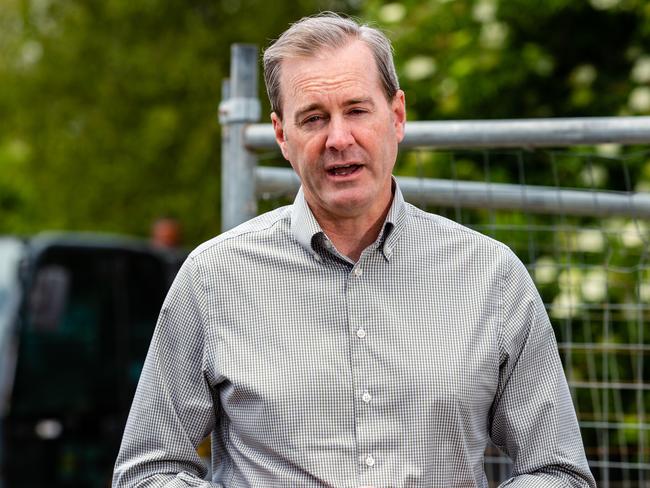Shelter Tasmania report finds two thirds of Launceston short-stay listings used to be long-term rentals
The rental market in a Tasmanian city is buckling under the pressure of the booming short-stay accommodation sector, according to an alarming new report.
Tasmania
Don't miss out on the headlines from Tasmania. Followed categories will be added to My News.
More than two thirds of short-stay accommodation listings in Tasmania’s second-largest city were previously long-term rentals, a new study has found.
The first progress report for Shelter Tasmania’s Monitoring the Impact of Short-Term Rentals on Tasmanian Housing Markets project shows that 67 per cent of current short-stay listings in Launceston have a long-term rental history.
It comes after a baseline report released in June found that 47 per cent of whole home short-stays in Greater Hobart used to be long-term rental properties.
The research project was commissioned by Shelter Tas and is being led by Emeritus Professor Peter Phibbs, who was previously the Chair of Urban and Regional Planning at the University of Sydney and is based in Hobart.

“When rental homes are diverted to short-stay accommodation, small changes in the number of available properties for rent can mean critical changes in the vacancy rate,” he said.
“This pushes prices up and increases competition for the remaining long-term rentals.”
The new report focused on the potential crossover between the short-term and long-term rental markets in Launceston, comparing addresses of short-term rentals with data from property listing website propertyvalue.com.au, which captures properties advertised online via real estate agents.
The progress report analysed short-stay rentals in the suburbs of Launceston, West Launceston and East Launceston, with 239 properties identified as not being the primary residence of the owner.
Of those properties, 159 were in Launceston, 43 in West Launceston and 37 in East Launceston. A third of the properties had no data available, suggesting they had never been advertised for sale or rent on relevant websites or had a recent sales transaction.
In Launceston, close to half of the properties listed on Airbnb had a long-term rental history. In West Launceston and East Launceston, about 35 per cent of listed homes had previously been long-term rentals. In the three suburbs combined, two thirds used to be in the long-term rental market.

Shelter Tas CEO Pattie Chugg said the state government needed to develop policies to limit the growth of short-stay accommodation in areas of high housing demand and implement a target of 10 per cent social housing.
Planning Minister Michael Ferguson said Tasmania had the “strongest” short-stay regulations in the country, having introduced legislation in 2019 to “develop a clearer picture of the sector and ensure everyone is playing by the same set of rules”.
“Tasmanians have embraced the home-sharing economy and our government is committed to ensuring it continues to play a positive role in our visitor economy and community,” he said.





